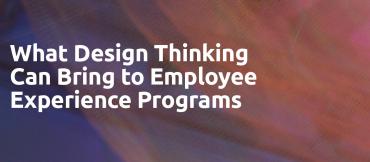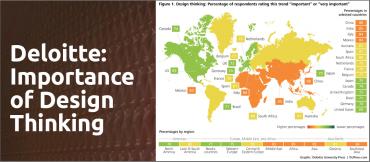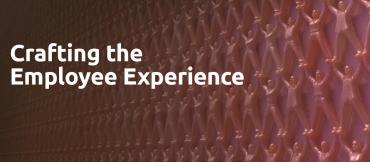
Design thinking has been applied to the field of human resources to improve the employee experience, develop innovative talent management strategies, and drive organizational growth. Design thinking is a human-centered approach to problem-solving that emphasizes empathy, collaboration, and experimentation. It involves understanding employee needs, generating ideas, prototyping solutions, and testing them in the real world.
There have been both successes and failures in the application of design thinking in human resources. Some companies have successfully used design thinking to create a more engaging and rewarding employee experience. For example, IBM has used design thinking to redesign its HR processes, resulting in a more streamlined and user-friendly experience for employees. The company's HR team worked closely with employees to understand their pain points and develop solutions that addressed their needs.
Other companies have struggled to implement design thinking successfully. Some have failed to fully embrace the customer-centric approach of design thinking and have instead focused on internal processes and systems. As a result, they have developed HR policies and procedures that do not resonate with their employees. Other companies have found it challenging to overcome organizational barriers and cultural resistance to change, which has hindered the implementation of design thinking initiatives.
In conclusion, design thinking has the potential to transform the field of human resources by improving the employee experience, developing innovative talent management strategies, and driving organizational growth. While some companies have successfully implemented design thinking, others have struggled to achieve success. However, the increasing adoption of design thinking in human resources suggests that it is a valuable approach that will continue to drive innovation and engagement in the industry.
IBM is a multinational technology company that has been at the forefront of innovation and design thinking in many areas of their business, including their human resources (HR) function. IBM has recognized that to attract and retain the best talent, they need to create a workplace culture that is engaging, inclusive, and supportive. In this article, we will explore how IBM has used design thinking in their HR function to achieve these goals.
Design thinking in HR
Reza Moussavian, a senior HR and IT executive at Deutsch Telekom explains the company's journey and how important Design Thinking is as a business strategy for HR. Reza Moussavian's presentation provides great examples of issues tackled in HR and the results achieved. The presenter claims that there is not a singe issue that Deutche Telekom tackles in HR now that does not start with a Design Thinking methodology.
Many enterprise leaders are looking into design thinking as a way to accelerate the employee experience in their workplace...It’s a good lens through which to view employee experience programs, because it's based on leaders seeing the world through the eyes of their employees, encouraging them to be empathetic with the employee's journey.
How can HR create great employee experiences that empower creativity, collaboration and innovation? Design Thinking is an approach that works...design succeeds when it finds ideal solutions based on the real needs of real people. HR has taken notice: Why not apply design thinking to improve the employee experience with the same care given to delight customers?
Deloitte's 2016 Global Human Capital Trends survey includes design thinking as one of the tools to redesign the Human Resources (HR) function and shows strong evidence that Human Resources Professionals place on using Design Thinking. The Design Thinking in Human Resources survey was conducted globally.
The article discusses the four powerful forces driving change for both Human Resources functions and the organizations they serve, creating talent challenges—as well as potential solutions—radically different from those faced by previous generations of leaders.
Design thinking takes aim at the heart of unnecessary workplace complexity by putting the employee experience first—helping to improve productivity by designing solutions that are at once compelling, enjoyable, and simple.
EMPLOYEES are overwhelmed with technology, applications, and a constant flood of information. Deloitte research shows that people collectively check their phones more than 8 billion times each day, yet productivity is barely rising.
Usually, when we think of transformation, we think of it as a shift in the fundamentals of a business, like Lee Iacocca’s turnaround at Chrysler or Steve Jobs’ return to Apple. Unfortunately, managers often overlook skills-based transformations, which can be every bit as important — and often more so — than higher-profile initiatives.
DESIGN thinking casts human resources (HR) in a new role. It brings an innovative approach that changes the way HR teams deliver value, organize work and find solutions at workplaces. Design thinking helps to achieve this by shifting the focus from building processes to designing meaningful employee experiences.
It can be successfully applied to all aspects of HR: recruitment, onboarding, performance management, learning and development.








